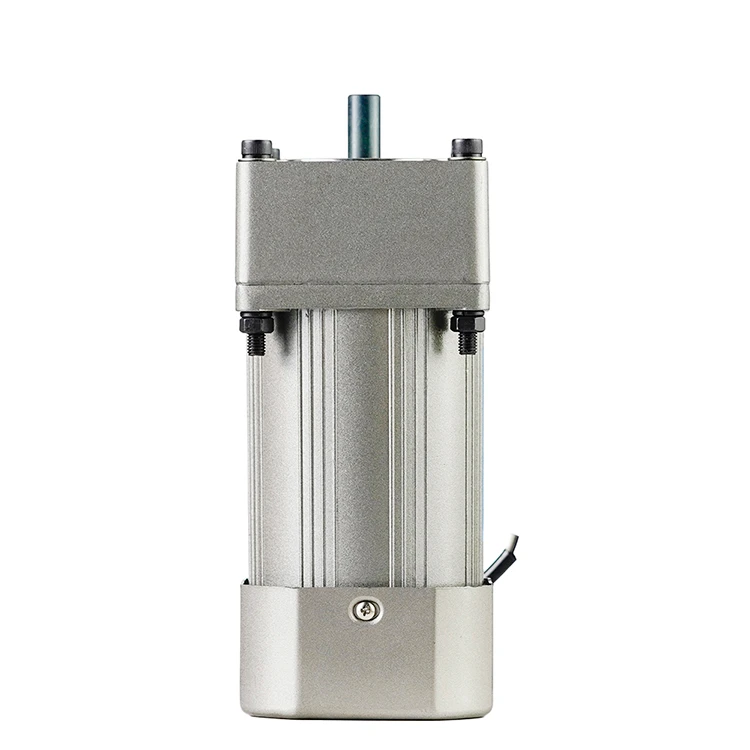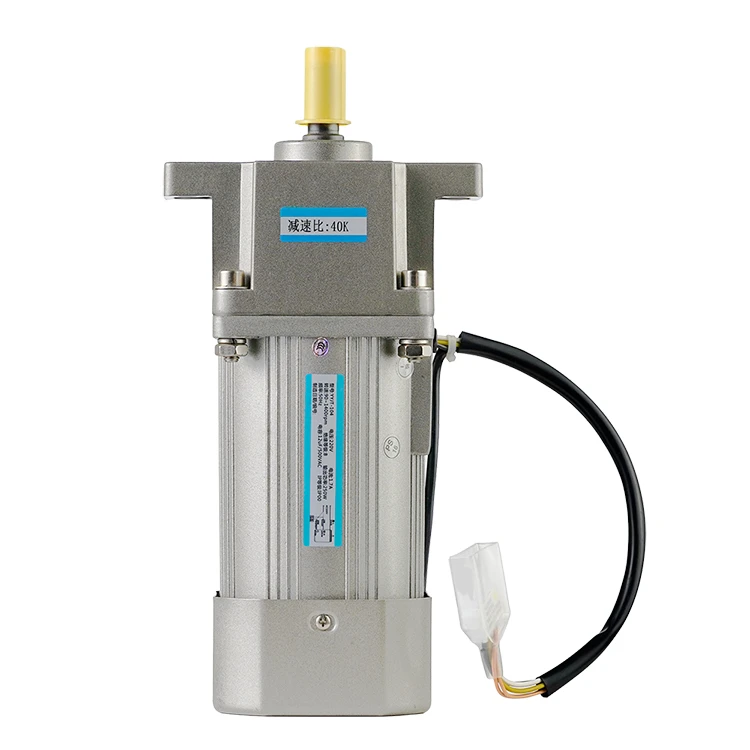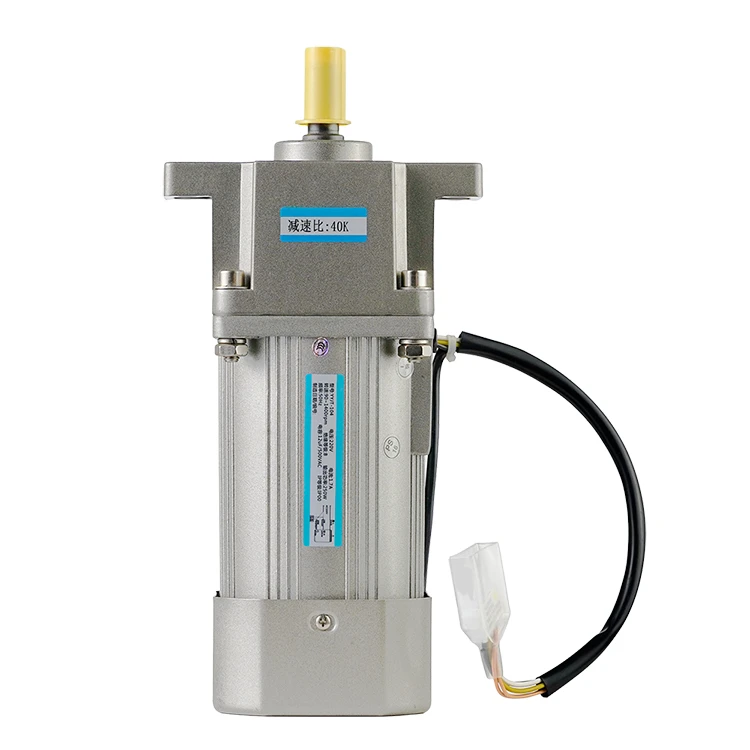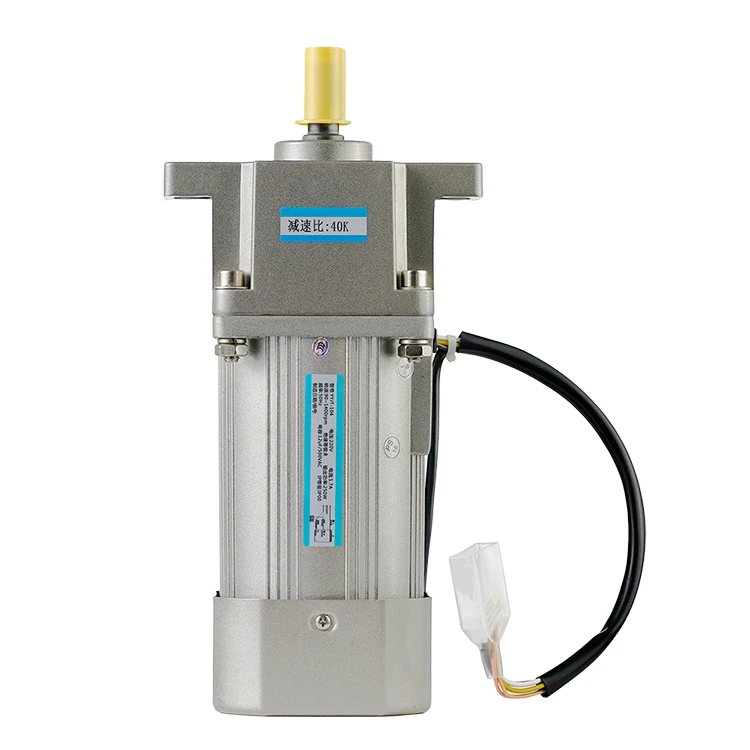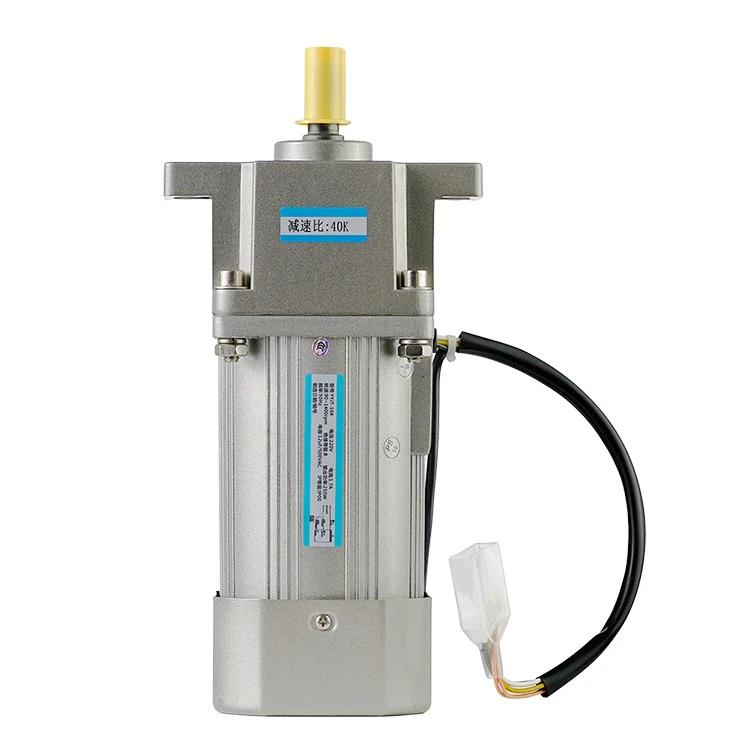How to control servo motor using microcontroller?
2023-08-31 14:38:39
Controlling the position of a servo motor using a potentiometer as input is relatively simple with just a few components:
Servo Motor
A positional rotational servo with integrated gearing and feedback circuitry.
Potentiometer
Provides variable resistance input based on knob position.
Microcontroller
Reads potentiometer input and outputs corresponding PWM signal to servo.

First, connect the potentiometer wiper terminal to an analog input pin on the microcontroller. Connect the outer terminals to power and ground.
Next, connect the servo motor's power lead to 5V and ground lead to the microcontroller's ground. The control lead connects to a PWM output pin on the microcontroller.
In code, read the analog input from the potentiometer. Map this value to a PWM duty cycle range matching the servo control signal, typically 1-2ms pulse width repeated 50 times per second.
Output the mapped PWM signal to servo control pin. As the potentiometer knob is turned, the servo position will update proportionally.
Calibrate minimum and maximum potentiometer positions to match the servo angle limits. Add code constraints to prevent over-rotation.
With this basic setup, the microcontroller converts the analog potentiometer input to a PWM servo control signal, allowing a knob to smoothly control the servo position.
See What Lunyee Can Do For You
Contact Us
- 8619149417743
- +86-0371-5562 0274
- [email protected]
- Zhengzhou, Henan Province, China
- Mon-Fri: 9:00 - 18:00
